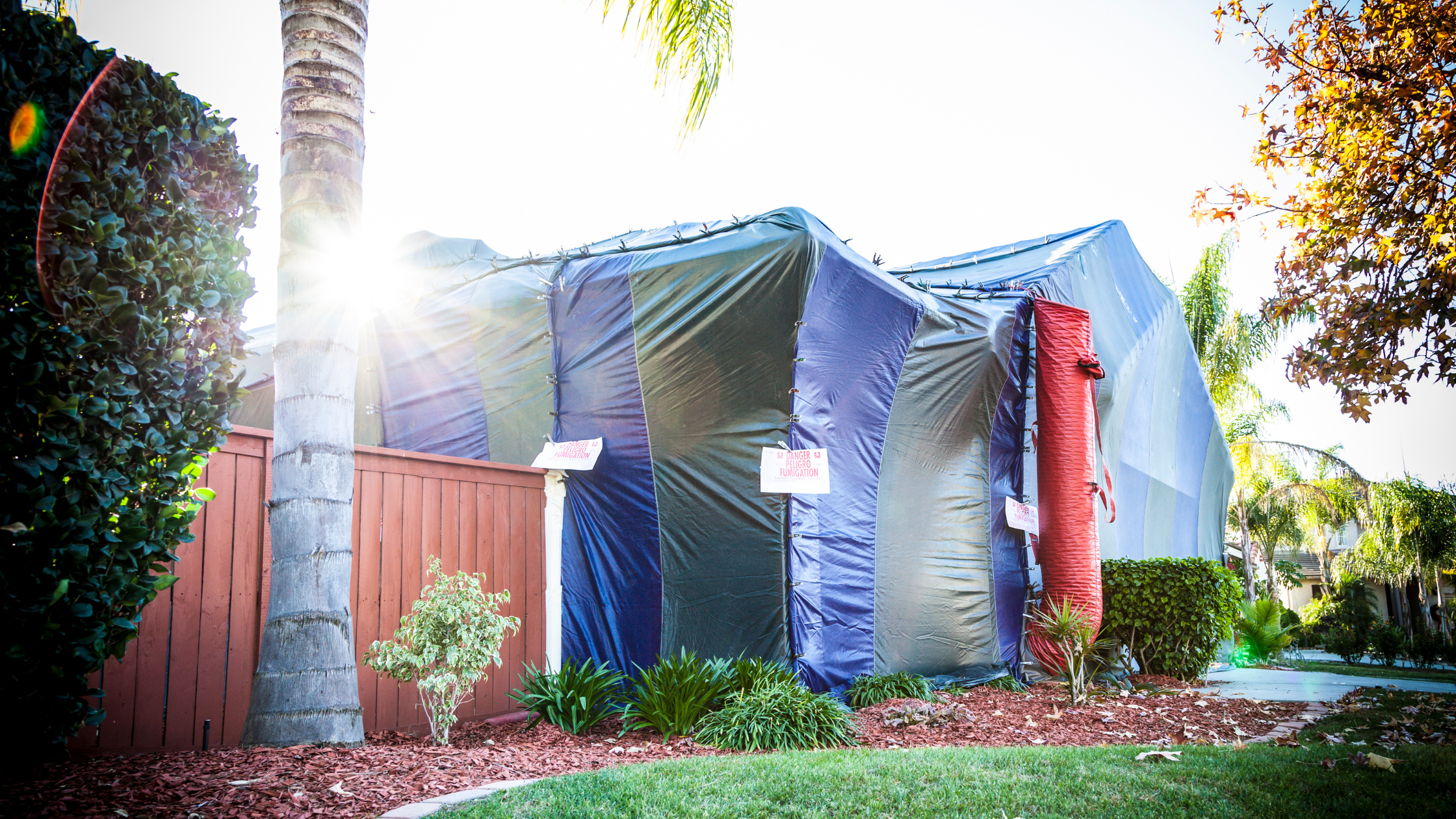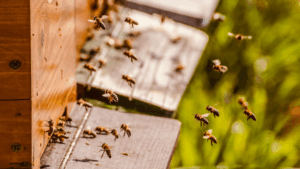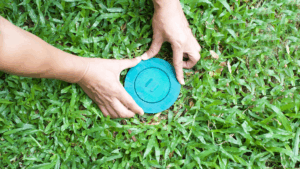Termites cause billions of dollars in damage to homes each year. Two of the most common species of termites found in southern California are subterranean termites and drywood termites. Let’s take a closer look at the differences between these two species and the best termite treatment options for your Orange County Home for each one.
While several species of termites are found in Orange County, Subterranean and dry wood termites are the most common ones responsible for damaging homes.
Both termites can go undetected in Southern California homes for long periods of time, causing significant damage.
Types of Termites
Subterranean Termites
Subterranean termites live in the soil and must maintain contact with the ground or another moisture source to survive. They accomplish this by building mud tubes, small tunnels about the size of a pencil, that they use to travel between their nest and food source.
Mud tubes are made of soil and wood and protect termites from predators and dry environments. They can be found anywhere the ground meets your house (foundations) or around food sources (wood structures, trees, etc.).
Drywood Termites
Drywood termites live inside the wood they are infesting, so they don’t need any contact with the soil or a significant amount of moisture to survive. They get all the moisture they need from humid air.
They can be challenging to detect because they nest deep inside the wood. Other than during the swarming season, they are rarely seen, and their colonies are much smaller than other termites.
Termite Treatment Options
The first step in determining the best termite treatment starts with a professional termite inspection, identifying the type of termites and areas of infestation. A pest professional will check the entire house, including the attic and other potential areas, looking for signs of termites.
If there are no signs of termite activity found, the technician will recommend steps to protect your home from future termite infestations. If termites are found, appropriate treatment recommendations will be made based on various factors, including the type of termite, size, age of infestation, location of infestation, size of home, etc.
Drywood Termite Treatment Options
For drywood termites, treatment options are divided into two categories: localized treatments and whole-structure treatments.
Localized Termite Treatments
Localized treatments are limited to a single board or a small group of boards. It is a more restrictive treatment that only benefits very small or early infestations, as it can only be utilized in areas that are accessible and where termites have been confirmed to be.
Whole Structure Termite Treatments
Whole structure treatments eradicate termites from both accessible and inaccessible areas of the structure. These treatments are not detection dependent, meaning they can be utilized in areas where termites have been confirmed there or not.
The two types of whole-structure termite treatments used in Orange County are heat treatments and fumigation.
Heat Treatment for Termites
In heat treatments, a tent is placed around your entire home. Heat is then applied to the entire space to fill all of the airspace. The extremely high heat will eliminate termites within the tented area they cannot withstand.
Termite Fumigation
Fumigation is similar to heat treatments in that the entire house is tented. In this instance, gas is pumped into the home rather than heat. The main ingredient in fumigation is sulfuryl fluoride, an odorless, colorless gas that leaves no residue.
Subterranean Termite Treatment Options
Soil Treatments
Liquid soil treatment involves digging a trench around the home’s perimeter, filling it with liquid termiticide, and filling the track back in. This creates an insecticide barrier around your home to protect it from both coming and going termites.
Termite Bait Treatments
Bait stations are placed in the ground around your home and filled with bait the termites will take back to their colonies, eliminating the entire population. Bait stations must be monitored periodically by your pest control professional.
The appeal of bait stations is preferred over liquid soil treatments by some homeowners because it doesn’t leave chemical residue in the soil or require digging or trenching in your yard.
Once a termite infestation has been eliminated, DIY measures can be implemented to keep termites from returning.
Termite Prevention Tips
- Ensure soil is graded properly near the foundations. If water pools around your foundations, slope the ground away so water can drain properly.
- Make sure downspouts are positioned away from foundations, and use extenders to divert water further away from your home.
- Repair any cracks in foundations as soon as possible.
- Get rid of any logs or other wood debris in your yard.
- Try eliminating wood-to-soil contact around your home by keeping siding, door frames, and window frames at least 6 inches above the ground.
- Fix and seal any leaking plumbing fixtures both in and around your home.
Termites can be tough to both detect and eliminate. If you suspect termites in your Orange County home, contact your local pest control company to perform a whole-house inspection, and guide you in the right direction to eliminate and prevent termites from taking over your home.



